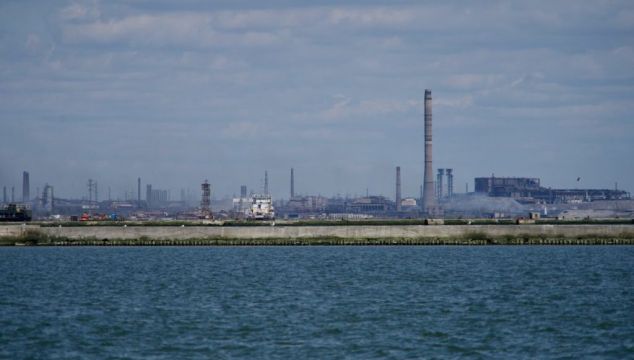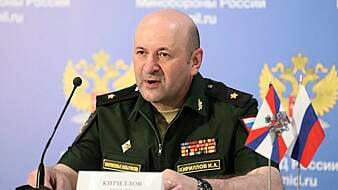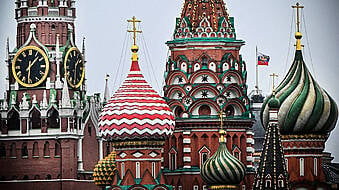Civilians have been evacuated from the bunkers of Mariupol's Azovstal steel works after the United Nations and the International Red Cross led a deal to ease the ordeal of the most destructive siege of the Russia-Ukraine war.
The siege of Mariupol, in which Russian forces have pummelled the port city for nearly two months, has turned it into a wasteland with an unknown death toll and thousands trying to survive without water, sanitation or food.
Russian declared victory in the city on April 21st but hundreds of holdout Ukrainian fighters and civilians took shelter underground in the Azovstal works - a vast Soviet-era plant founded under Josef Stalin and designed with a labyrinth of bunkers and tunnels to withstand attack.
Negotiations to evacuate the civilians had repeatedly broken down in recent weeks, with Russia and Ukraine blaming each other.
But on Sunday, Ukrainian President Volodymyr Zelenskiy said a first group of 100 civilians being evacuated from the steel works would reach the Ukrainian-controlled city of Zaporizhzhia on Monday.
"Grateful to our team! Now they, together with (United Nations), are working on the evacuation of other civilians from the plant," Zelenskiy tweeted.
Evacuation of civilians from Azovstal began. The 1st group of about 100 people is already heading to the controlled area. Tomorrow we’ll meet them in Zaporizhzhia. Grateful to our team! Now they, together with #UN, are working on the evacuation of other civilians from the plant.
— Володимир Зеленський (@ZelenskyyUa) May 1, 2022
After a Reuters photographer on Sunday saw dozens of civilians arriving at a temporary accommodation centre, the United Nations confirmed what it called a safe passage operation to evacuate people from the steel works had been under way from Saturday.
"UN confirms that a safe passage operation is ongoing in Azovstal steel plant, in coordination with the ICRC and the parties to the conflict," UN spokesperson Saviano Abreu said.
"At this point, and as the operations are under way, we will not share further details, as it could jeopardize the safety of the civilians and the convoy," he added.
The Reuters photographer saw civilians arriving in the village of Bezimenne in the Russian-backed Donetsk Region, around 30 kilometres east (20 miles) of Mariupol, where they were receiving refreshments and care after weeks of suffering.
Young children were among those evacuated from the plant - where people cowered underground, huddling together under blankets in the plant's bunkers and tunnels as the shelling tore their city apart.
Outside blue tents, two children sat looking pensive as they waited, the boy playing with a lighter and heavily armed men looking on. One woman clasped her hands to her face in emotion. A young woman reached out to stroke a cat.
Russian forces
The civilians Reuters saw had been evacuated in a convoy with Russian forces and vehicles with United Nations symbols.
Russia's defence ministry said that 80 civilians had been evacuated from the vast Azovstal plant, Russian news agencies reported on Sunday. Evacuees who wanted to go to Ukrainian-controlled regions have been handed over to representatives of the UN and Red Cross, the ministry was cited as saying.
UN Secretary General Antonio Guterres said after meeting Zelenskiy in Kyiv on Thursday that intense discussions were under way to enable the evacuation of Azovstal.
Pope Francis on Sunday described the war in Ukraine as a "macabre regression of humanity" that makes him "suffer and cry", calling for humanitarian corridors to evacuate people trapped in the Mariupol steel works.
With fighting currently stretching along a broad front in southern and eastern Ukraine, US House of Representatives Speaker Nancy Pelosi pledged continued US support for Ukraine on Sunday when she met Zelenskiy in an unannounced visit to Kyiv.
Moscow has turned its focus to Ukraine's south and east after failing to capture Kyiv in the early weeks of a war that has flattened cities, killed thousands of civilians and forced more than five million to flee the country.







